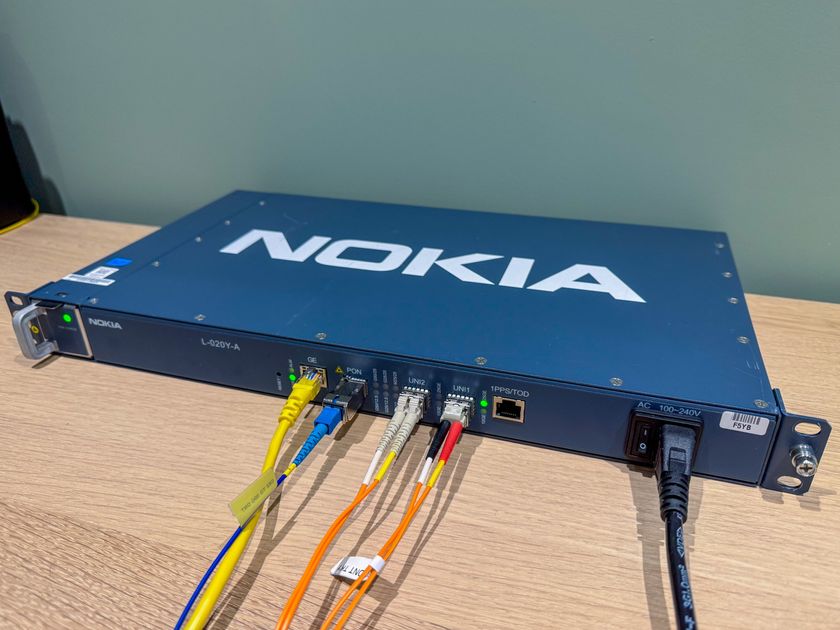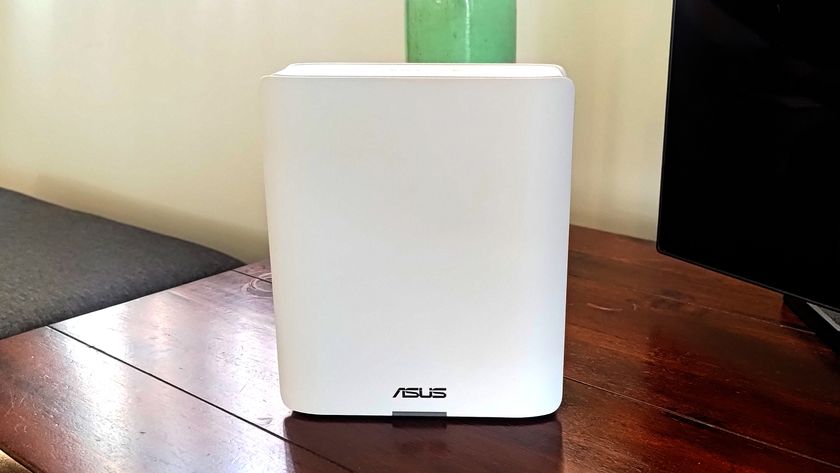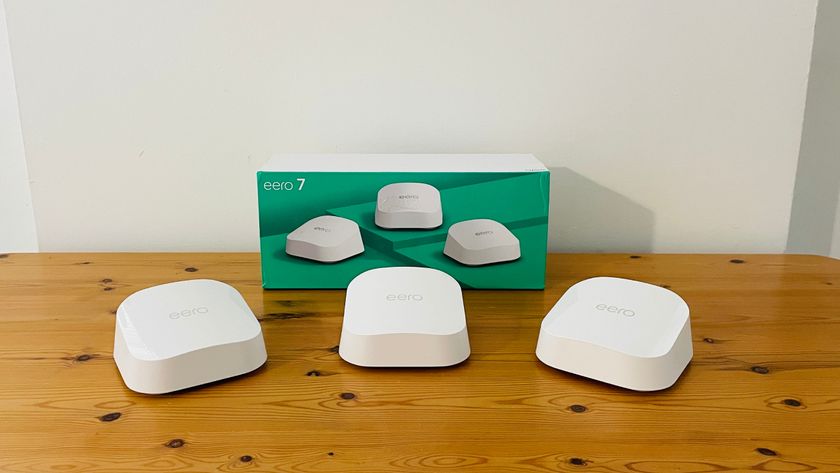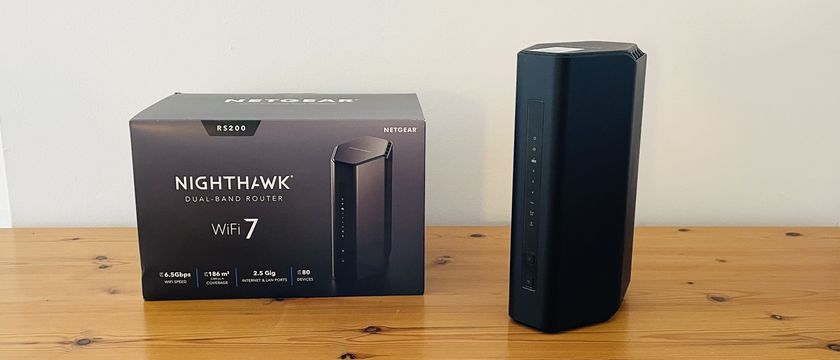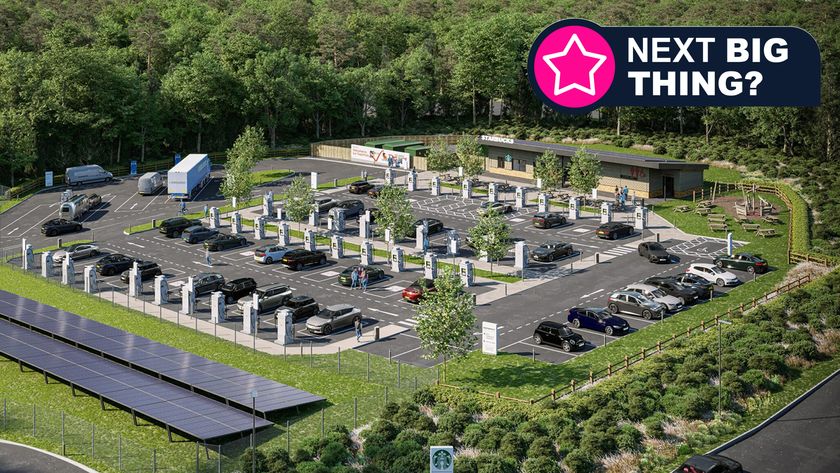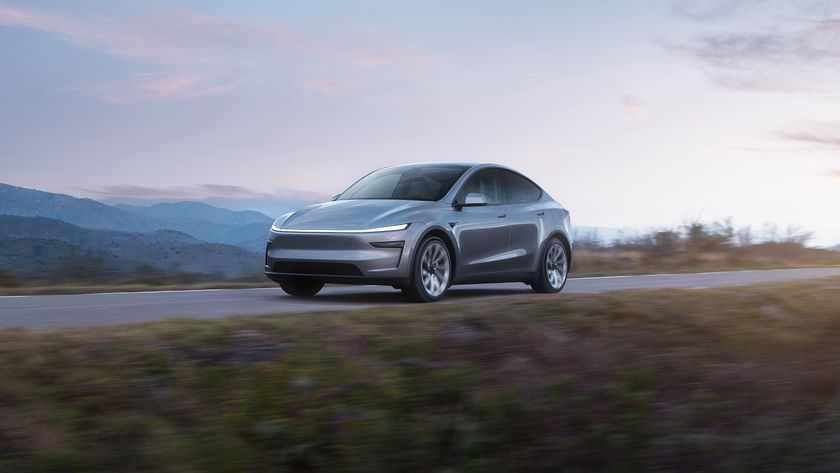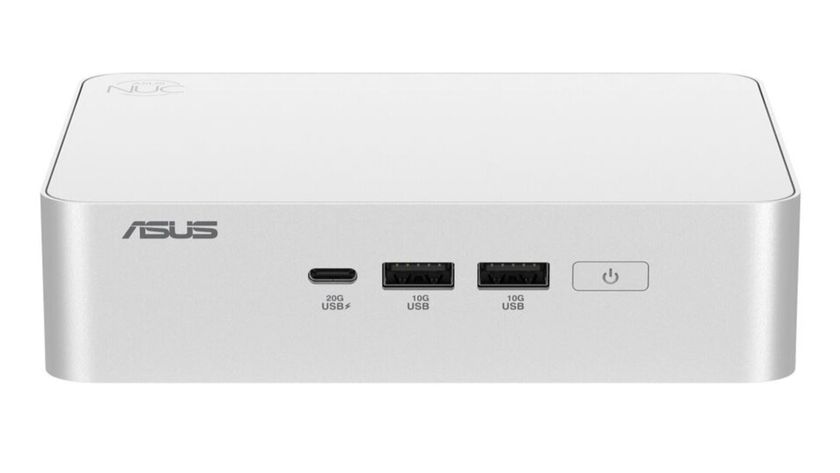If your NBN speeds aren’t up to scratch you’re among the unlucky few, according to the latest ACCC report
Urban areas unsurprisingly see uptick, but regional improvements the most impressive

Just under two weeks since NBN price changes were announced, which has made shopping around for the best NBN plans more important than ever, the Australian Competition & Consumer Commission (ACCC) has released its quarterly broadband performance data report.
The ACCC’s semi-regular report gives useful insights into the evolving state of the NBN landscape nationwide, and can help inform which NBN providers are delivering the speeds and services they advertise. And in the case of the most recent update, published in December 2023 and using data collected during September 2023, we can see that fixed-line NBN customers in both urban and rural areas of Australia are, slowly but surely, inching closer to universally getting the services they pay for.
Download speeds approaching magic 100% figure
Comparing the metrics of download and upload speeds between February 2022 (the last time the ACCC reported speed performance by area type) and September 2023, the ACCC found average download speeds in urban areas increased from 96.8% to 99% of maximum plan speeds. Even more positively, regional areas experienced an increase from 94.2% to 97.2% for the same download speed metric.
This data encompassess all fixed-line NBN services as a whole, meaning all speed tiers and all providers monitored during September 2023 are included, from which an average figure is taken. However, in June we reported on the news that speeds had also increased on the NBN’s fixed-wireless network, which is predominantly used in rural Australia.
We’d naturally expect download speeds in urban areas to improve, given the likely greater density of fibre-to-the-premises (FTTP) connections, which provides a faster, more stable connection compared to legacy copper cabling. It’s pleasantly surprising to see a 3% improvement in regional areas, however, since more fixed-line customers in these areas will still be stuck on older copper cabling connections.
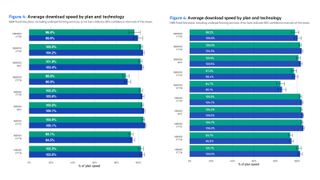
Interestingly, since the previous report published in September and this most recent edition, there's been a drop in average download speed for customers on FTTN connections. In September, users on 100Mbps FTTN achieved an average download performance of 88.6% of their plan speed. In December however, that figure dropped to 84.7%. Both figures are indicative of the typical busy evening hours of 7pm to 11pm.
An ACCC spokesperson told TechRadar, "The lower download speed metric that was reported for FTTN 100 Mbps services was largely driven by more consumers selecting that speed tier with FTTN connections that cannot support the maximum data rate."
Get daily insight, inspiration and deals in your inbox
Sign up for breaking news, reviews, opinion, top tech deals, and more.
"These consumers still receive some uplift in maximum speeds, but not to the full extent that others can achieve on that speed tier. This reduces the average download speeds that we report."
Indeed, in further commentary on the report, ACCC Commissioner Anna Brakey said, “there is a higher proportion of consumers in regional areas using fibre to the node (FTTN) services, which are more likely to underperform compared to NBN’s other technologies.” There’s still room for improvement, however, with the report also revealing that 7% of regional services were found to underperform, compared to 4% in urban areas.
An underperforming service is defined as being those “which reach above 75% of plan speed in no more than 5% of download tests. These are services which rarely or never attain plan speed.”
Upload speeds see biggest boost
Improvements to upload speeds in both rural and urban areas also saw some marked changes. Upload speeds affect a variety of everyday tasks, such as video calls and live streaming, file and photo sharing or uploading, or online gaming. In a post-Covid world, a good upload speed is perhaps more crucial than ever before.
Fortunately, upload speeds have also improved around the country. In urban areas, average upload speeds increased from 84.8% of advertised plan speeds to 87.9%. In regional areas, this figure increased from 79.8% to 86.1%, representing a far greater jump and interestingly, closing the gap to their urban counterparts considerably.
The takeaway? Fixed-line NBN in regional areas of Australia should be faster and more reliable than it was just 18 months ago.
For customers in urban areas – which the NBN defines as any town with a population of 10,000 people or more – these statistics could help to provide encouragement to take advantage of the NBN Co’s free fibre upgrade upgrade program, and sign up for one of the best NBN 100 plans, best NBN 250 plans or best NBN 1000 plans.
You can view the most popular NBN plans with speeds of 100Mbps and higher in our live-updated comparison widget below.

Max is a senior staff writer for TechRadar who covers home entertainment and audio first, NBN second and virtually anything else that falls under the consumer electronics umbrella third. He's also a bit of an ecommerce fiend, particularly when it comes to finding the latest coupon codes for a variety of publication. He has written for TechRadar's sister publication What Hi-Fi? as well as Pocket-lint, and he's also a regular contributor to Australian Hi-Fi and Audio Esoterica. Max also dabbled in the men's lifestyle publication space, but is now firmly rooted in his first passion of technology.
